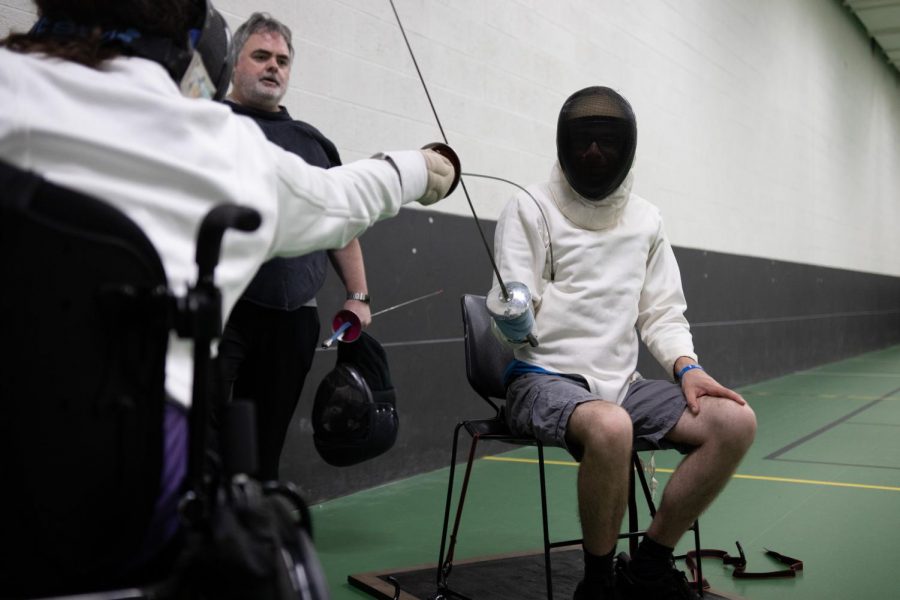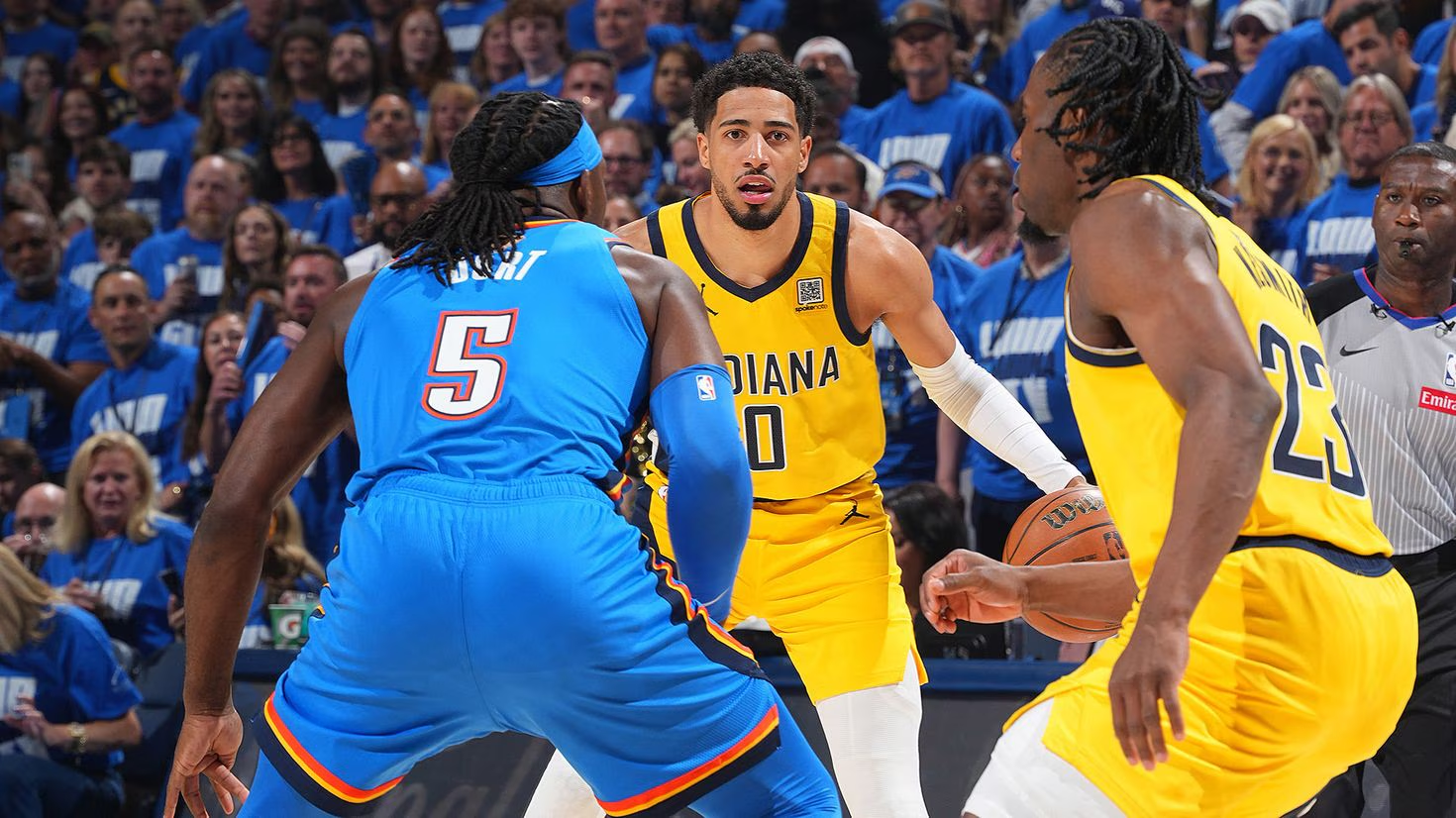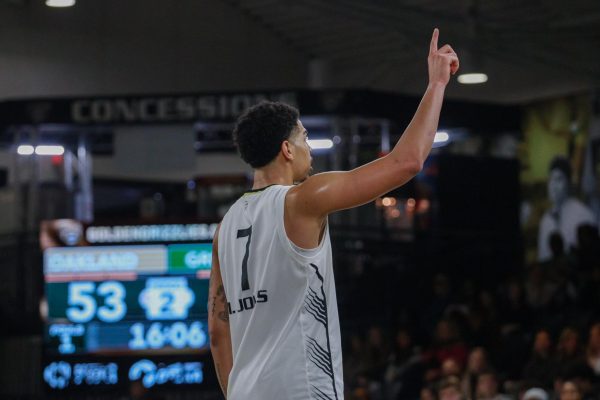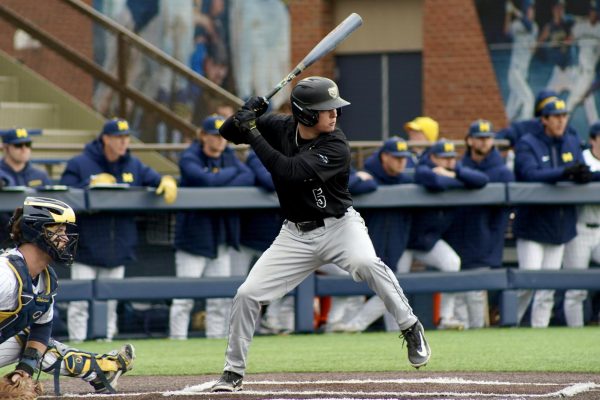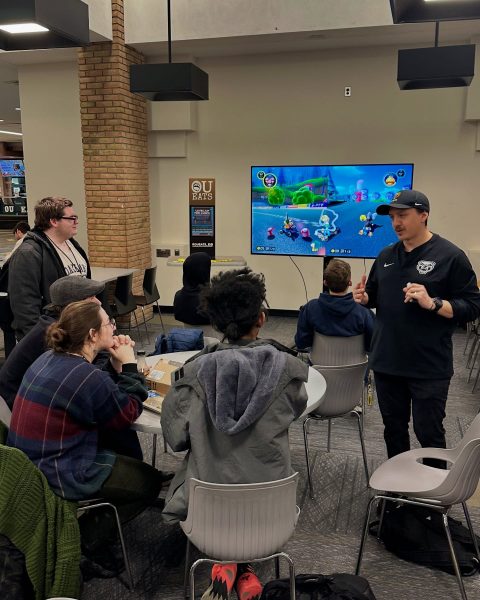Wheelchair fencing becomes OU’s first accessible club sport
Parafencing, or fencing while using a wheelchair, is the first accessible club sport at OU, according to team captain Alissa Bandalene.
Accessible sports have a long and storied history. It’s about time Oakland University took a stab at them.
The Wheelchair Fencing team is a new team within the Fencing Society at OU (FSOU) that competes in parafencing, which is fencing while using a wheelchair. According to team captain Alissa Bandalene, it’s the first accessible club sport at OU.
For Bandalene, parafencing was a no-brainer. She was an able-bodied fencer prior to becoming disabled, and when she heard about parafencing, she immediately wanted into it.
“When I first learned about it, I saw YouTube videos, I started researching a lot,” Bandalene said. “And then I was like, ‘Hey, I want to do that. Where can I do that or how can I do that?’”
But the nearest parafencing academy is across the state in Grand Rapids — too far for a regular commute — and local fencing academies did not give Badalene a “real strong response” when asked about fitting in parafencing. So, she turned to the FSOU.
“I approached [FSOU] last year at GrizzFest, and they were really welcoming and really excited to be open to a new type of outlet in the sport,” Bandalene said. “The coaches were incredibly welcoming and knowledgeable, and it turns out they had connections with the wheelchair fencing community already.”
That parafencing connection is Alex Gioiella, an FSOU coach and senior referee for the United States Fencing Association. Gioiella first came into contact with parafencing in around 2014 when she met some parafencers at an airport.
“I ran into a [parafencer] I had seen a lot and we were joking around, and he said, ‘You know, when are you going to come and play in our sandbox?’” Gioiella said. She was then invited to watch some parafencers — “wheelies,” as they called themselves — who encouraged her to become a parafencing referee.
Given that Bandalene is FSOU’s first (and so far only) parafencer, the team lacked the proper parafencing equipment at the start. But Badalene’s daily wheelchair and a team-made wheelchair base of plastic desk chairs do for now, though Bandalene said they are working toward acquiring the proper equipment.
While Bandalene is the only member allowed to compete in parafencing events like the North American Cup in Kansas City, Missouri and the Parafencing National Championship in Detroit, able-bodied members take turns sparring against her.
While the uninitiated may think an able-bodied fencer has little need to practice with parafencing, Bandalene attests that this is not the case.
“[Able-bodied fencers] can focus on their blade work instead of their footwork because you are taking the footwork out of the equation,” she said. “And when you are taking the footwork out of the equation and you are put in such close quarters with the other fencer, then you are really focusing in on your techniques with the blade.”
The lack of footwork also forces fencers to use leaning rather than lunging to evade their opponent’s jabs and thrusts. This is such a prevalent factor that parafencing wheelchairs include a bar fencers grab to assist in evading.
After a year with FSOU, Bandalene and the society are ready to open up parafencing to the wider OU community.
“We are very excited to welcome new fencers,” Bandalene said. “Anyone can come, even if they have never fenced a day in their life. All you have to do is show up to practice, say, ‘Hey, I want to learn fencing’ and we will be like, ‘Alright, let’s get you started!’”
FSOU meets on Mondays, Wednesdays and Fridays from 5-7 p.m. in the Recreation Center’s Activity Room.



